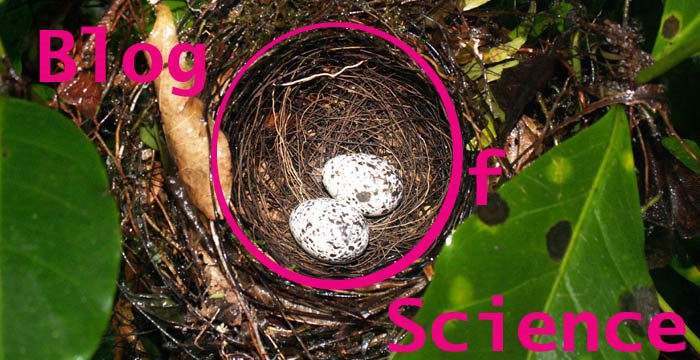My family is genetically Jewish and exercise the occasional fancy that we are in some important way culturally Jewish as well. We like bagels and go to relatives' houses for Matzo Ball Soup on Passover. We didn't have bar and bat mitzvohs or learn any Hebrew, but we learned enough Yiddish to insult each other and had large 13th birthday parties. When my 13th birthday party was approaching, people started asking my parents what they should get me, and my parents started asking me. I already had most every material object I wanted, and so I told them I wanted books about animals. I had decided several years earlier that I was going to be a zoologist, and I thought it would be nice to have some grown-up books about zoology. Well little did I know that I was going to get books like this:
Invertebrates, but Brusca and Brusca. And not the Second Edition (2003) with the nice color photos. Oh no, this was line drawings and black and white plates of everything from ciliates and amoebae to sea-squirts and squid. This was lists of the sub-classes within the classes within the sub-phyla within each Phylum. This was extended discussion of the bauplan concept, and pre-molecular phylogenetics. This was 1990.
I was simultaneously thrilled and offended. Why would anyone give a book like this to a 13 year old? Ridiculous! How could tardigrades possibly survive exposure to raw vacuum? Ridiculous!
Someone (I'm sure it came with a card, but I have no memory of who gave it to me.) had spent a fair chunk of money to give me a book that is really intended as a reference for invertebrate zoologists.
Now, let's skip forward 22 years and a few weeks, and we find me at my desk reading the Brusca and Brusca chapter on Phylum Porifera (sponges) as I prepare to write the outlines of a research proposal focusing on this group that I have no knowledge of. Of course the taxonomy has been changed 22 times since then as more and more molecular data have become available, but mostly it has changed back and forth, so Brusca and Brusca are still pretty much right. Most of the rest of the detail they give is still approximately true, and despite being a formulaic listing of facts, the writing is not too painful. Really very useful.
So whoever gave me the book, you probably never got a thank you card, and you probably don't read my blog, but thank you. This is turning out to be one of the most useful presents I've ever gotten.
Showing posts with label books. Show all posts
Showing posts with label books. Show all posts
Wednesday, June 13, 2012
Friday, March 28, 2008
Human Oestrus
Iris and I are reading Jared Diamond's book on the evolution of human sexuality, "Why is sex fun?" An interesting read, and in many ways a good introduction to the science of behavioral ecology, except that Diamond falls into his usual habit of making the same point many times and many ways, as if to beat you into agreeing with him. Since I generally start out agreeing with him, this gets tiring. The chapter we were reading last night was primarily his speculations on the evolutionary basis of the lack of obvious oestrus in humans. I was therefore very interested when this evening, browsing the table of contents of ProcRoySoc B, I cam across an article titled "Human Oestrus"
Here is the abstract:
For several decades, scholars of human sexuality have almost uniformly assumed that women evolutionarily lost oestrus—a phase of female sexuality occurring near ovulation and distinct from other phases of the ovarian cycle in terms of female sexual motivations and attractivity. In fact, we argue, this long-standing assumption is wrong. We review evidence that women's fertile-phase sexuality differs in a variety of ways from their sexuality during infertile phases of their cycles. In particular, when fertile in their cycles, women are particularly sexually attracted to a variety of features that likely are (or, ancestrally, were) indicators of genetic quality. As women's fertile-phase sexuality shares with other vertebrate females' fertile-phase sexuality a variety of functional and physiological features, we propose that the term oestrus appropriately applies to this phase in women. We discuss the function of women's non-fertile or extended sexuality and, based on empirical findings, suggest ways that fertile-phase sexuality in women has been shaped to partly function in the context of extra-pair mating. Men are particularly attracted to some features of fertile-phase women, but probably based on by-products of physiological changes males have been selected to detect, not because women signal their cycle-based fertility status.
Here is the abstract:
For several decades, scholars of human sexuality have almost uniformly assumed that women evolutionarily lost oestrus—a phase of female sexuality occurring near ovulation and distinct from other phases of the ovarian cycle in terms of female sexual motivations and attractivity. In fact, we argue, this long-standing assumption is wrong. We review evidence that women's fertile-phase sexuality differs in a variety of ways from their sexuality during infertile phases of their cycles. In particular, when fertile in their cycles, women are particularly sexually attracted to a variety of features that likely are (or, ancestrally, were) indicators of genetic quality. As women's fertile-phase sexuality shares with other vertebrate females' fertile-phase sexuality a variety of functional and physiological features, we propose that the term oestrus appropriately applies to this phase in women. We discuss the function of women's non-fertile or extended sexuality and, based on empirical findings, suggest ways that fertile-phase sexuality in women has been shaped to partly function in the context of extra-pair mating. Men are particularly attracted to some features of fertile-phase women, but probably based on by-products of physiological changes males have been selected to detect, not because women signal their cycle-based fertility status.
Key Words
Behavior,
books,
evolution,
humans,
reproduction
Subscribe to:
Posts (Atom)

